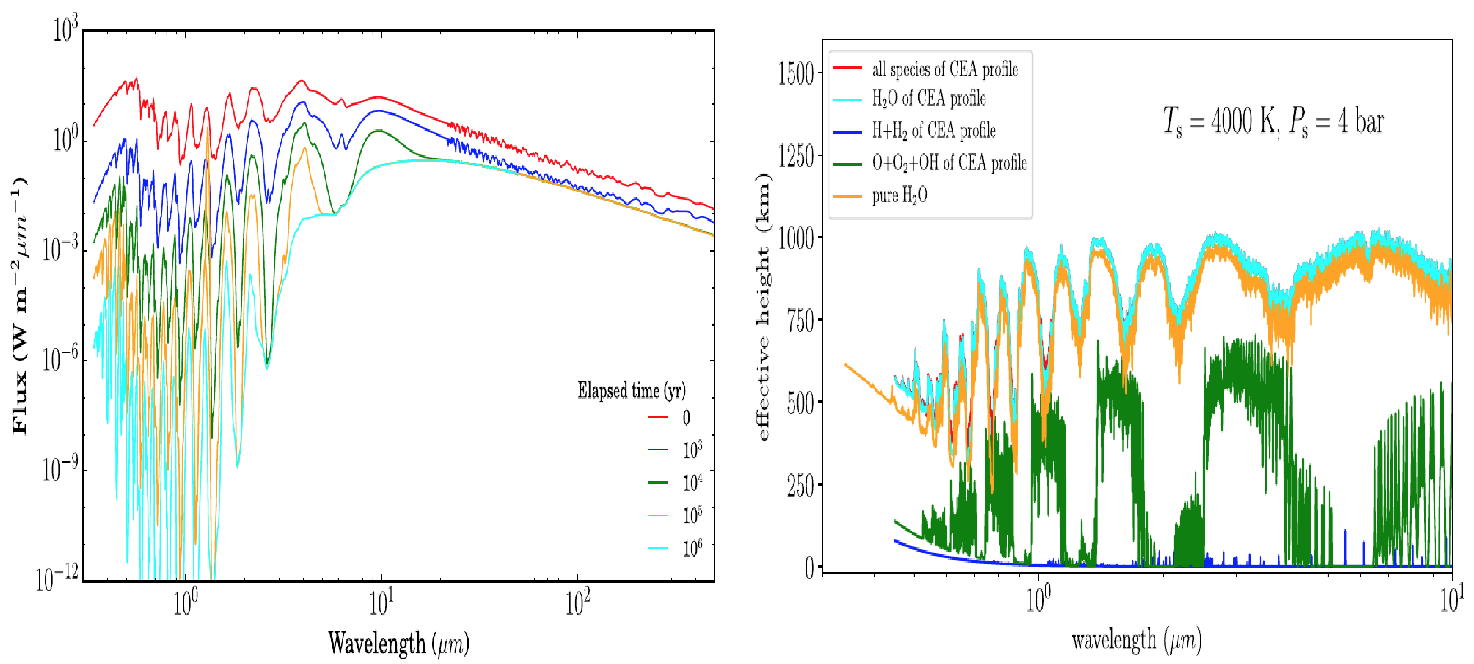Research areas: Planetary physics, geophysics
Earth’s final magma ocean and the ensuing massive steam atmosphere represent a fascinating period in our planet’s history that ultimately led to the formation of Earth’s oceans. In the first research round our numerical modeling results showed that the magma ocean lifetime is critically sensitive to climate feedbacks and can be considerably prolonged via, e.g., thermal blanketing from the atmosphere. Our results also provided first hints that the evolution of the outgassing composition critically influences atmospheric climate by affecting, e.g., greenhouse heating, shortwave absorption and condensation. In the second round, we will build on these results by considering more prolonged stages of planetary evolution beyond the magma ocean up to the mid Archaean. We will calculate the effect of an evolving oxygen fugacity on outgassing and also the influence of impacts on atmospheric evolution. We will work closely with subproject C6, which will provide output from a coupled mantle convection and gas/solubility speciation model, and subproject C2, which will deliver models that allow for quantifying the impact-induced atmospheric erosions and replenishment. We will also further develop our atmospheric model to consider atmospheric escape processes, photochemistry and more detailed convection. In this way, we will investigate the fascinating interplay between outgassing, climate, chemistry and escape in the lead-up to habitability on Earth.

Figure: Outgoing radiative fluxes (W m-2) calculated by the coupled convective-climate-interior column model (Katyal et al., 2019) for different evolutionary snapshots of the magma ocean phase. (Right) Atmospheric absorption features in effective atmospheric height (km) arising due to different processes during the early magma ocean stage.

